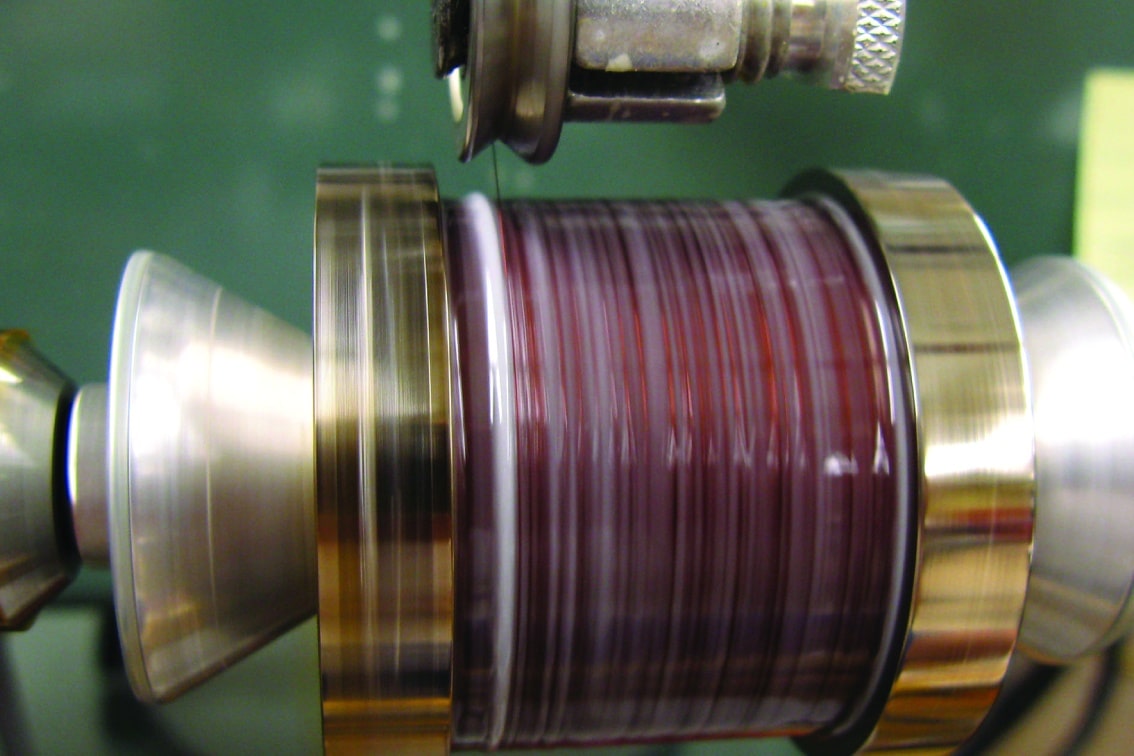Application of High-Strength magnetic confinement materials at MIT

Written by Tim Lash, Focus Fusion Society Contributor. Edited by Ignas Galvelis, Supervising Director.
MIT Assistant Professor Zach Hartwig is attempting to leverage his work with new high-temperature superconducting magnets to improve many endeavors in high energy physics. His primary focus using these new magnets aims to improve the prospects for viable fusion power. Magnetic confinement nuclear fusion reactors depend on strong magnetic fields. Applying new magnet technologies that produce fields with record strength will make smaller reactors possible. These smaller reactors will still be able to yield output power equal to the largest reactors currently being built.
REBCO (a single-crystal material composed of yttrium, barium, copper, oxygen and other elements) is a new superconducting material that has the potential to substantially increase magnetic field strengths. Fusion power density in a magnetic confinement reactor scales as the fourth power of magnetic field strength. Doubling the magnetic field strength will produce sixteen times the fusion power density. Increasing magnetic field potentials should help scale down reactor designs.
Under Professor Hartwig’s influence, MIT’s Department of Nuclear Science and Engineering (NSE) has adopted a faster-better-cheaper approach to technology development. This is the same strategy successfully employed by NASA to launch several high-profile planetary expeditions including 2015’s spectacular New Horizons flyby of Pluto. Increasing the pace of development, at lower costs, with better results should help NSE realize smaller reactor designs in more meaningful time-frames. Compact designs would benefit fusion researchers everywhere.
Smaller reactors use less raw materials to construct and reduce building costs. They can also be sited in more places and need fewer people to run. Designing smaller and simpler reactors should allow for quicker advancements in nuclear fusion. Accelerated time frames for fusion energy would be welcome. People around the world concerned with ongoing climate change would cheer the relief offered by fusion based energy.
Fusion power extends the promise of abundant, cheap and green energy production. Shifting energy production away from fossil-based fuels would lead to immense reductions of the main source of man-made CO2. Since man-made CO2 is a primary climate change driver, it’s reduction is a goal of all fusion energy researchers. Such changes are consistent with the stated goal of NSE: “…developing applications of nuclear technology for the benefit of society and the environment.” A sentiment certainly shared by the researchers and contributors at Focus Fusion Society. It is interesting to see NASA renewing it’s investment in Fusion technology and enabling investigation into more innovative confinement concepts as NASA originally funded the Focus Fusion work by Eric Lerner.